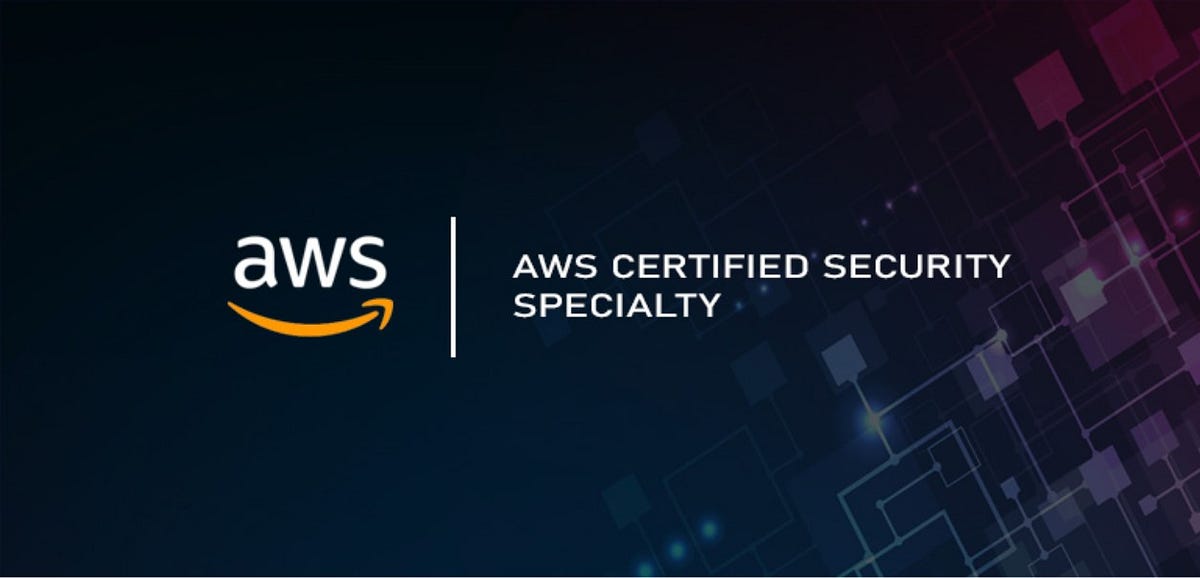Description
Introduction of Managing Cloud Cost:
Effective cloud cost management is crucial for maximizing the value of cloud investments and avoiding unexpected expenses. Managing Cloud Cost this is designed for IT professionals, cloud architects, finance managers, and business leaders who need to understand and implement strategies for optimizing cloud costs. Participants will learn how to monitor, manage, and optimize cloud resources across various platforms, including AWS, Azure, and Google Cloud. The course covers cost management tools, budgeting, forecasting, and best practices for cost efficiency. By the end of the course, learners will be equipped to develop and execute strategies for controlling cloud spending and ensuring a cost-effective cloud environment.
Prerequisites:
- Basic Knowledge of Cloud Computing: Understanding of cloud service models (IaaS, PaaS, SaaS) and core cloud concepts.
- Experience with Major Cloud Providers: Familiarity with AWS, Azure, and Google Cloud is beneficial.
- Understanding of IT Budgeting and Finance: Basic knowledge of budgeting principles and financial management in IT.
- Experience in IT Management or Cloud Operations: Prior experience in managing cloud services or IT infrastructure is advantageous.
Table of Content:
- Introduction to Cloud Cost Management
1.1. Overview of Cloud Cost Management
1.2. Key Challenges in Cloud Cost Management
1.3. Benefits of Effective Cloud Cost Management
1.4. Understanding Cloud Pricing Models and Billing - Cost Visibility and Monitoring
2.1. Tools and Services for Cloud Cost Monitoring
2.2. Using AWS Cost Explorer, Azure Cost Management, and Google Cloud Billing
2.3. Setting Up and Analyzing Cost and Usage Reports
2.4. Tracking and Visualizing Cloud Spend
2.5. Case Studies: Effective Cost Monitoring Strategies - Budgeting and Forecasting in the Cloud
3.1. Developing Cloud Budgets and Forecasts
3.2. Analyzing Historical Cloud Spend for Budget Planning
3.3. Implementing Budget Alerts and Notifications
3.4. Forecasting Future Cloud Costs Based on Usage Trends
3.5. Case Studies: Budgeting and Forecasting in Multi-Cloud Environments - Optimizing Cloud Resource Utilization
4.1. Identifying and Eliminating Unused or Underused Resources
4.2. Rightsizing and Scaling Cloud Resources(Ref: Effective Hybrid Cloud Solutions: Designing and Implementing Seamless Architectures)
4.3. Implementing Autoscaling and Load Balancing
4.4. Using Reserved Instances and Savings Plans
4.5. Case Studies: Optimizing Resource Utilization for Cost Savings - Cost Optimization Strategies
5.1. Leveraging Cost Optimization Tools and Services
5.2. Implementing Best Practices for Cost Efficiency
5.3. Managing and Optimizing Storage Costs
5.4. Optimizing Data Transfer and Network Costs
5.5. Case Studies: Cost Optimization Techniques Across Cloud Providers - Cost Management in Multi-Cloud Environments
6.1. Managing and Comparing Costs Across Multiple Cloud Providers
6.2. Implementing Cross-Cloud Cost Management Strategies
6.3. Using Multi-Cloud Cost Management Tools and Platforms
6.4. Addressing Cost Management Challenges in Multi-Cloud Settings
6.5. Case Studies: Multi-Cloud Cost Management Best Practices - Governance and Compliance in Cloud Cost Management
7.1. Establishing Governance Frameworks for Cloud Spending
7.2. Ensuring Compliance with Budgetary Policies and Regulations
7.3. Implementing Cost Control Policies and Procedures
7.4. Auditing and Reviewing Cloud Spend for Compliance
7.5. Case Studies: Governance and Compliance in Cloud Cost Management - Automation and Cost Control
8.1. Automating Cost Management Tasks and Processes
8.2. Using Infrastructure as Code (IaC) for Cost Control
8.3. Implementing Automation Tools and Scripts for Cost Optimization
8.4. Setting Up Automated Alerts and Actions for Cost Management
8.5. Case Studies: Automating Cloud Cost Management - Cost Management Best Practices
9.1. Developing a Cost Management Culture in Your Organization
9.2. Engaging Stakeholders and Educating Teams on Cost Efficiency
9.3. Regularly Reviewing and Adjusting Cost Management Strategies
9.4. Leveraging Cloud Service Provider Resources and Support
9.5. Case Studies: Implementing Best Practices for Cost Management - Future Trends in Cloud Cost Management
10.1. Emerging Trends and Technologies in Cloud Cost Management
10.2. The Role of Artificial Intelligence and Machine Learning in Cost Optimization
10.3. Advances in Cloud Pricing Models and Cost Management Tools
10.4. Preparing for the Future of Cloud Cost Management
10.5. Case Studies: Future Trends and Innovations in Cloud Cost Management - Hands-On Labs and Exercises
11.1. Setting Up and Analyzing Cost Reports Using AWS Cost Explorer
11.2. Creating and Managing Budgets and Alerts in Azure Cost Management
11.3. Optimizing Resource Utilization and Cost on Google Cloud
11.4. Implementing Automation for Cost Control with Infrastructure as Code - Conclusion and Next Steps
12.1. Recap of Cloud Cost Management Concepts and Strategies
12.2. Exploring Certification Paths for Cloud Cost Management Professionals
12.3. Resources for Continued Learning and Professional Development
Conclusion:
This certification for Managing Cloud Cost equips professionals with essential skills to effectively manage and optimize cloud costs, enabling organizations to achieve significant financial savings. By mastering these competencies, candidates can enhance their organizations’ financial performance and resource efficiency.
If you are looking customized info, Please contact us here







Reviews
There are no reviews yet.